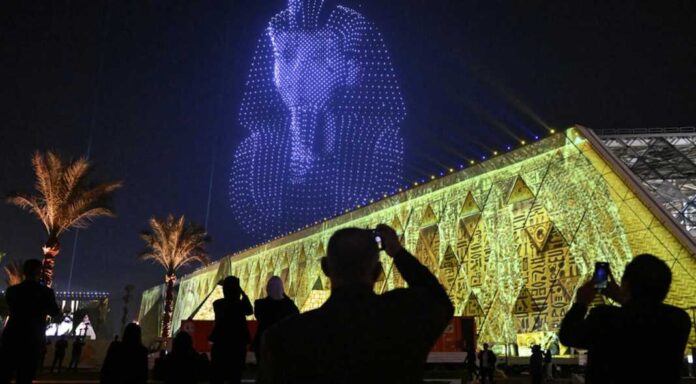The world’s largest archaeological museum dedicated to a single civilization has opened near one of the Seven Wonders of the Ancient World — the Great Pyramid of Khufu in Giza.
The museum houses around 100,000 artifacts covering seven millennia of Egyptian history, from the pre-dynastic period to the Greek and Roman eras.
For the first time since its discovery in 1922, the public will be able to view the intact tomb of King Tutankhamun, including his gold mask, royal throne, and the spectacular 4,500-year-old funerary boat of Khufu.
Among the most striking exhibits are a 3,200-year-old obelisk of the powerful Pharaoh Ramses II and his 11-meter-tall statue.
Prominent Egyptologists argue that the creation of this museum strengthens Egypt’s case for the return of its ancient artifacts held abroad, including the famous Rosetta Stone currently displayed at the British Museum.
While most of the galleries have been open to the public since last year, the full unveiling of the Tutankhamun collection is expected to make the museum a landmark destination for visitors from around the globe.
The museum, which took nearly 20 years to construct and cost about $1.2 billion, is projected to attract up to 8 million visitors annually, providing a major boost to Egypt’s tourism industry — a sector that has been hit hard by regional crises.

